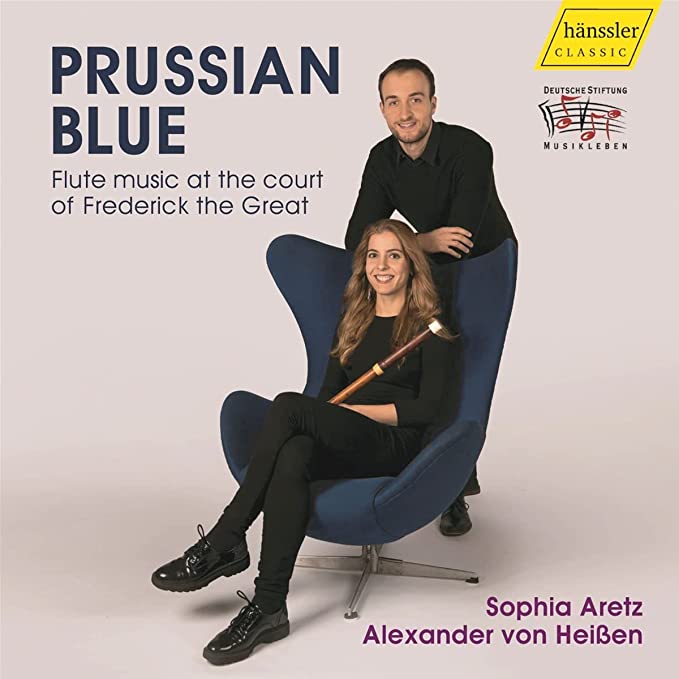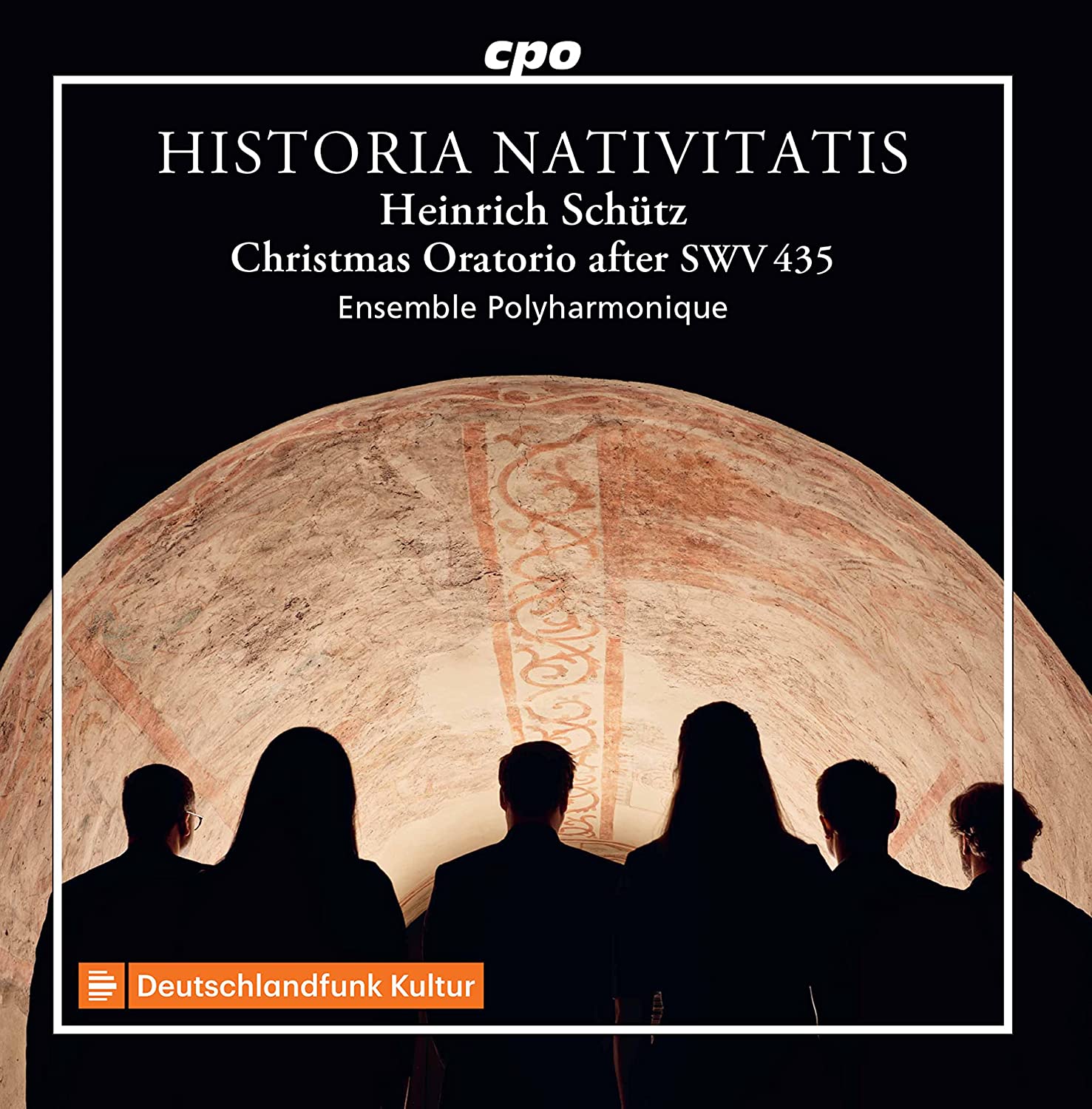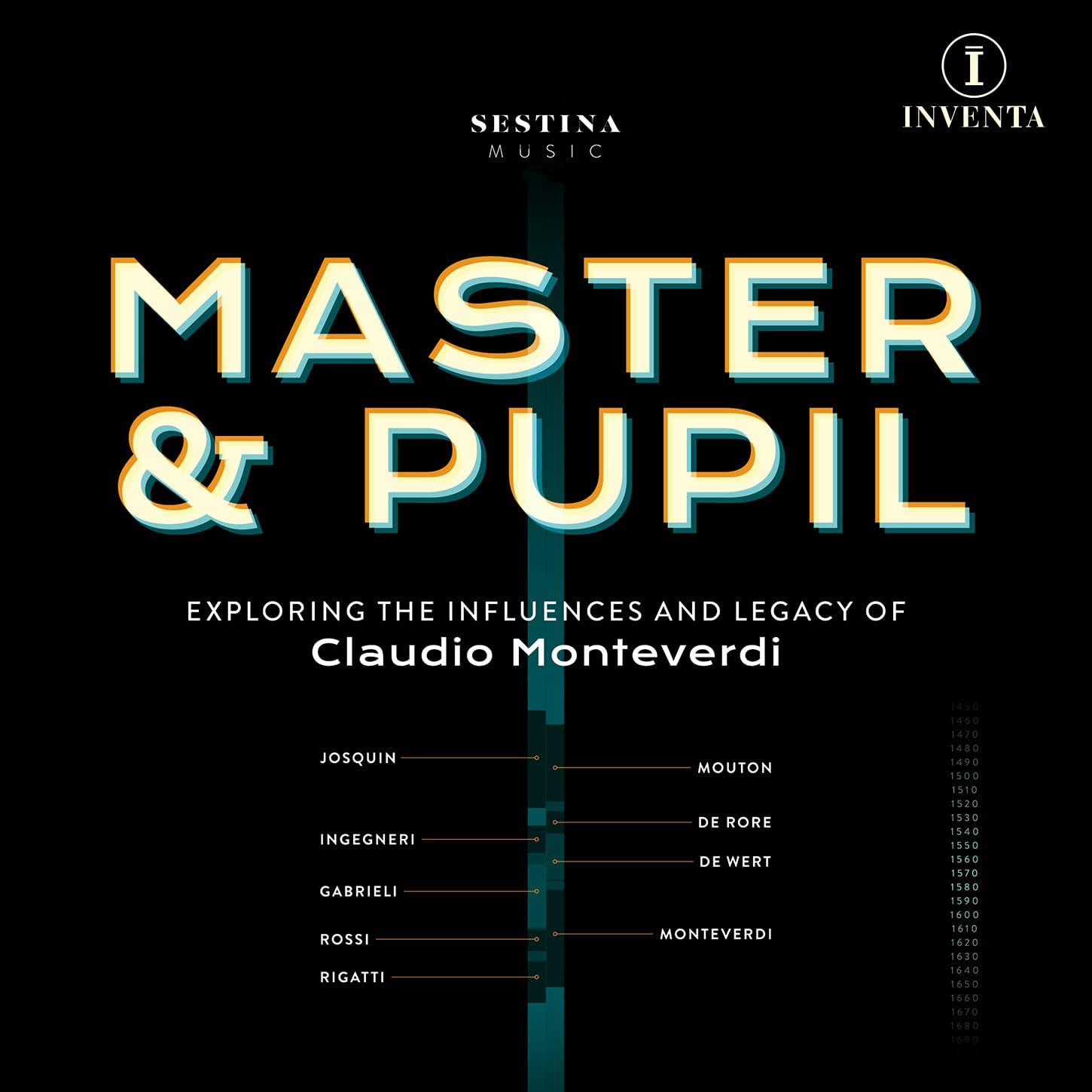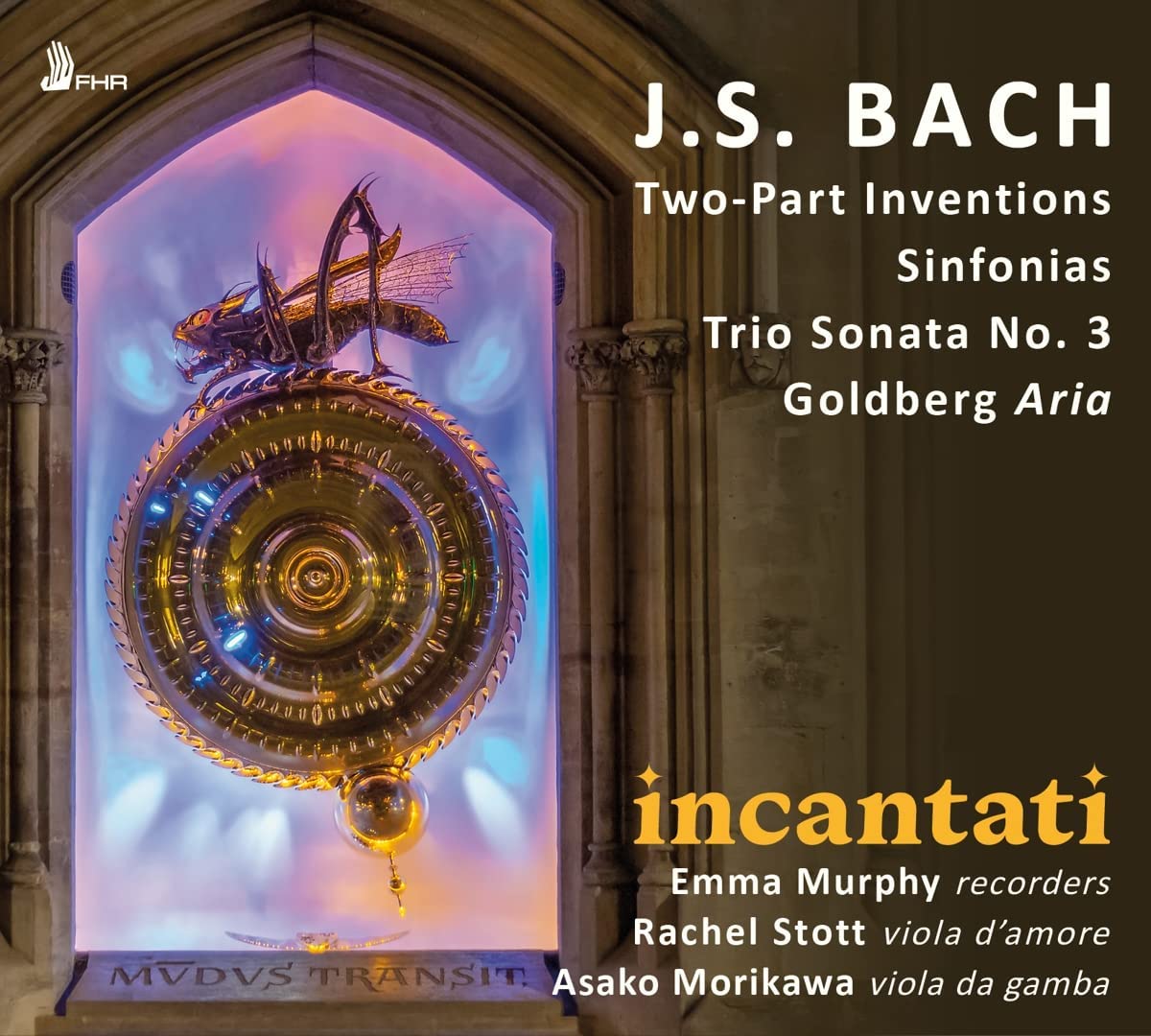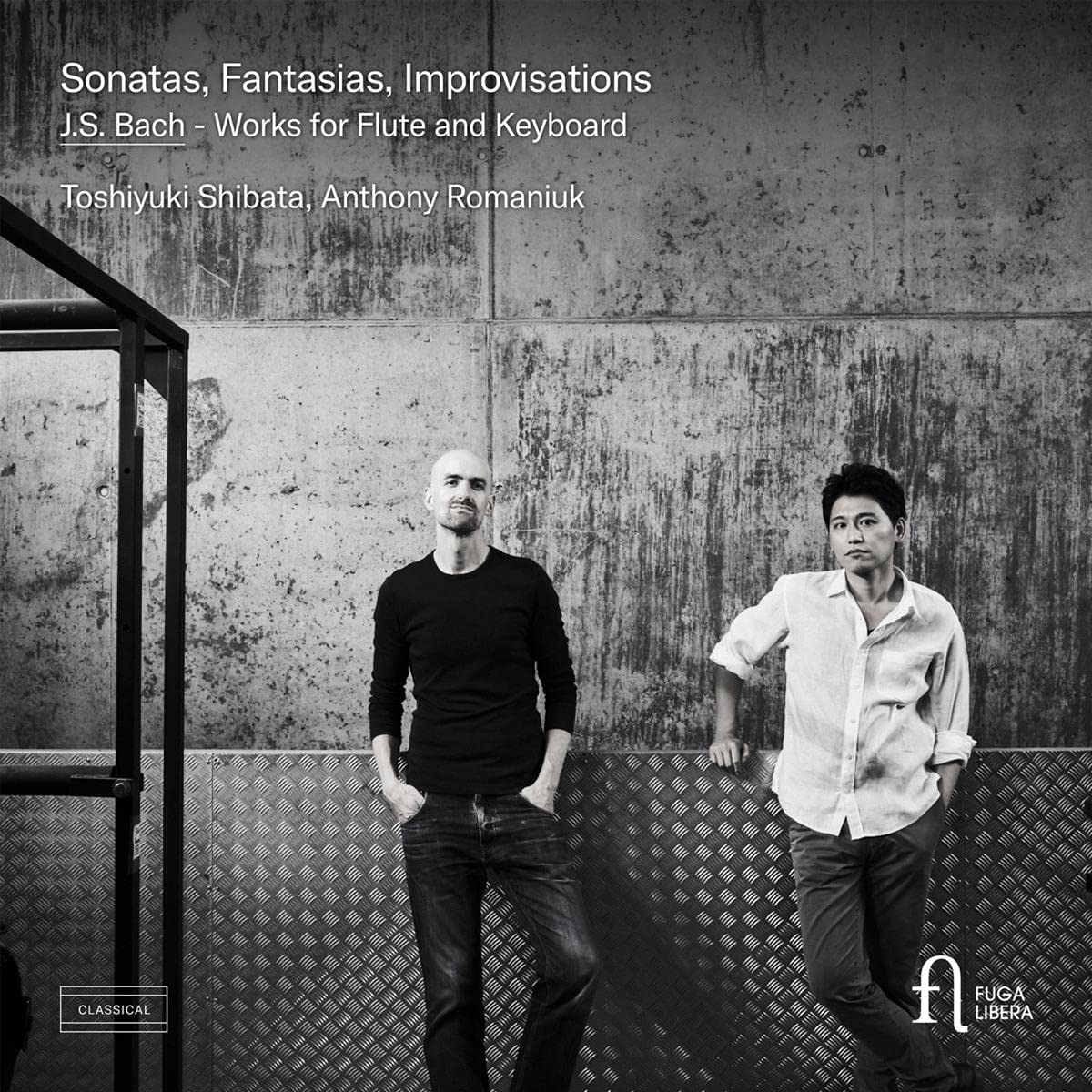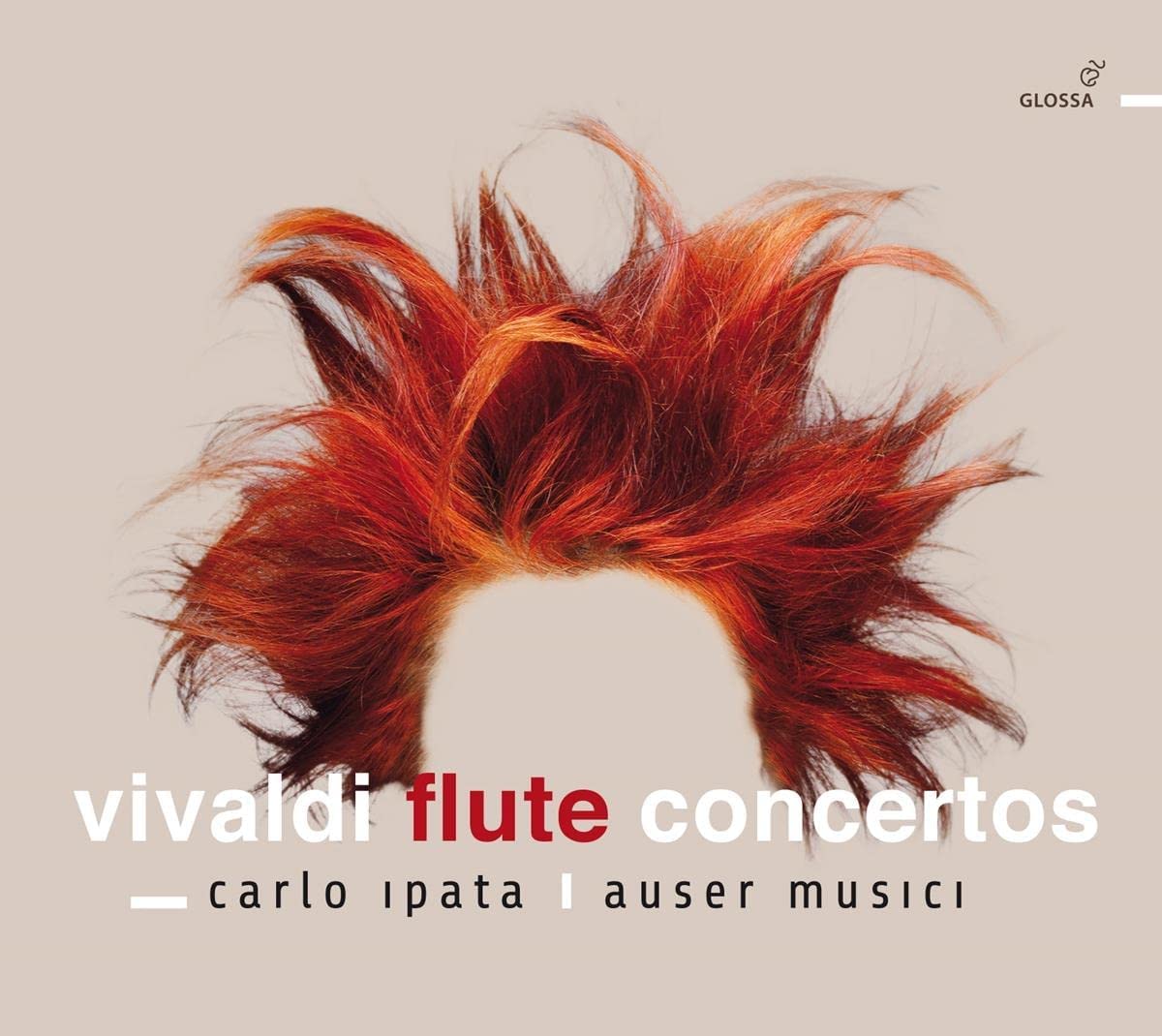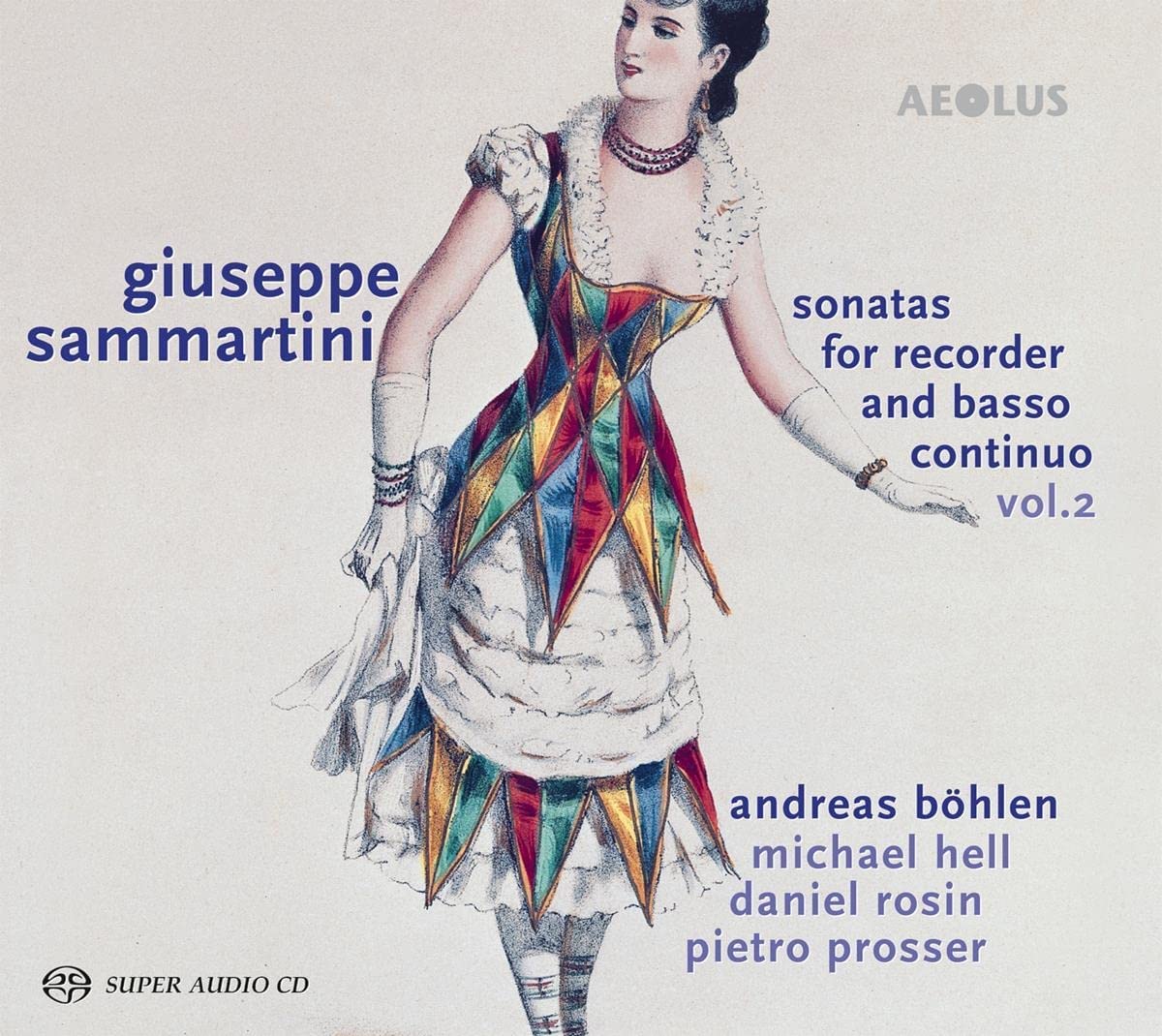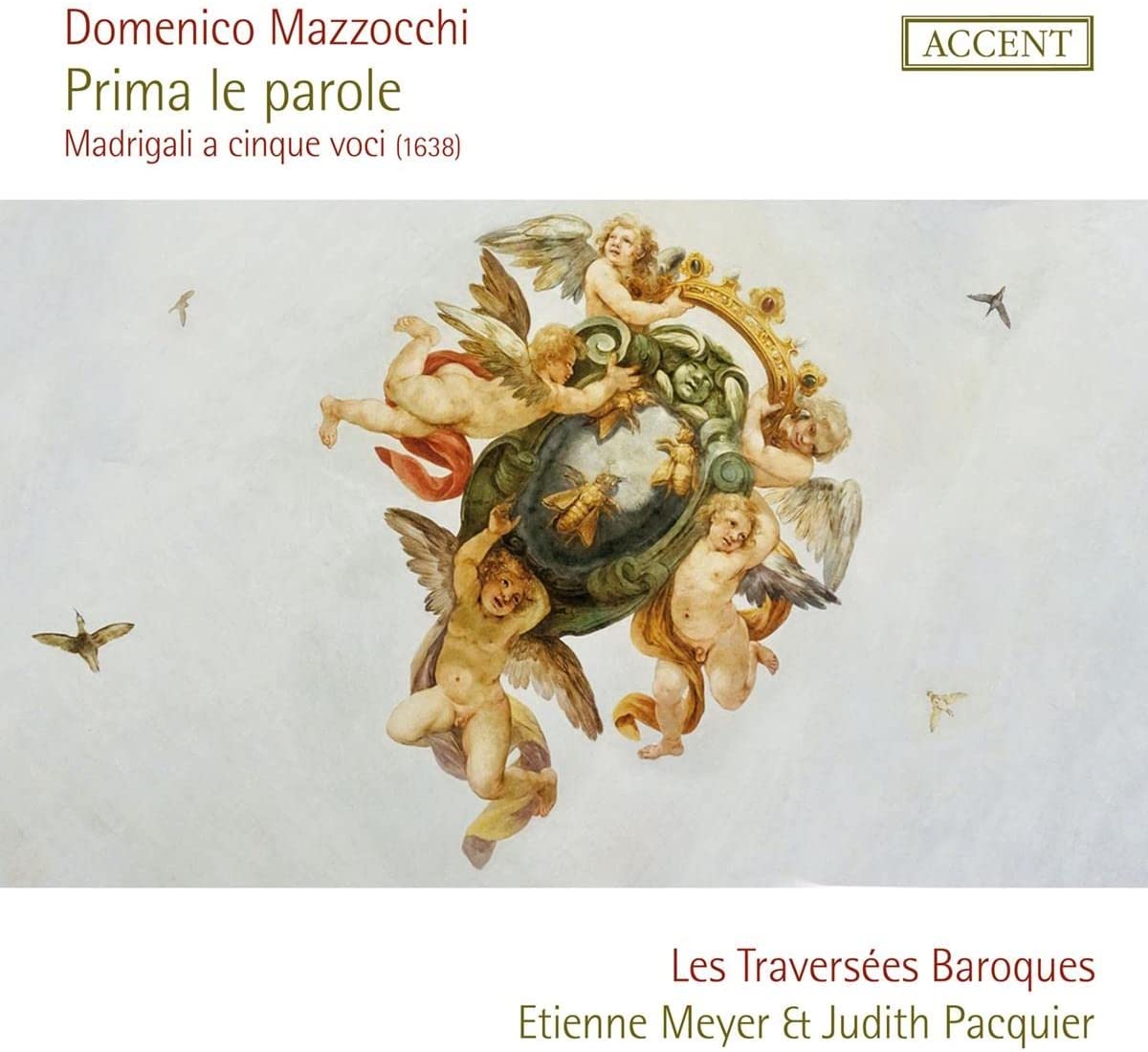C. P. E. Bach: Sonatas for flute, viola da gamba and harpsichord
Passacaglia
67:25
Barn Cottage Records BCR025
For more information, visit https://barncottagerecords.co.uk/
All of the sonatas in this attractive selection date from the first half of the composer’s life and as the excellent programme note by flautist Annabel Knight points out, they demonstrate ‘the composer’s youthful spirit and distinctively emerging musical voice’. When we think what a characterful contribution he would go on to make at a crucial transitional phase in musical style, his individuality is already clearly on display here. There are three flute sonatas with BC, a sonata for unaccompanied solo flute, a gamba sonata with BC, and one of the ‘Prussian’ sonatas for solo keyboard. The Sonata for solo flute Wq 132 printed in 1747 is the latest work on the disc and is a wonderfully exploratory and other-worldly piece, reminiscent of the more famous music by Telemann for solo flute. It is played with immense sensitivity and technical assurance by Annabel Knight, whose reading of the more conventional Sonatas Wq 131, 124 and 125 is also delightfully musical and utterly engaging. Reiko Ichise steps into the spotlight for the Wq 136 Sonata for Gamba and BC, a curious work written for the virtuoso Ludwig Hesse in 1745 at a time when the gamba’s popularity was on the wane, indeed already almost entirely eclipsed by the cello, but when Hesse’s skills and French style of playing were still admired at the Berlin Court. Bach cleverly plays to Hesse’s strengths with music, which allows for technical display as well as evoking a charming French galant flavour. Reiko Ichise presents this demanding music with flair and panache, enjoying the technical challenges of this striking gamba swansong. Finally, it is keyboard player Robin Bigwood’s turn for the solo spotlight with the fourth of Bach’s Wq 48 ‘Prussian’ sonatas. Composing for his own instrument, Bach allows his harmonic and melodic imagination to run free to a degree unusual in the early 1740s. While I occasionally found myself yearning for the dynamic gradations possible on an early piano, it would have been an odd decision to introduce a different keyboard for this one item, and the harpsichord has the advantage of making the daring clashing harmonies all the more uncompromising. This is a thoroughly enjoyable CD, with all three members of Passacaglia demonstrating their individual musicality and technical prowess, as well as coming together with an admirably impressive sense of ensemble.
D. James Ross

